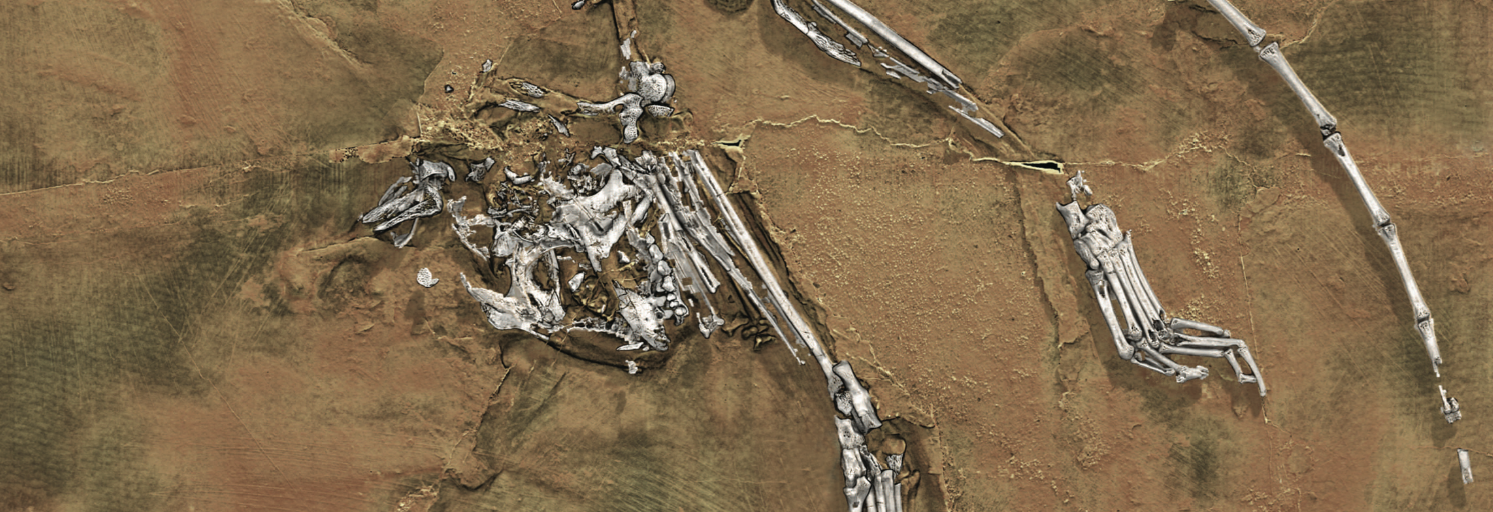New Scientist
Image: Paul Tafforeau and Xijun Ni
Our distant ancestors evolved not in Africa but Asia, in a hothouse world newly free of dinosaurs. Over 55 million years ago, in the lush rainforests of what is now east Asia, a new voice was heard in the animal chorus: the cry of the first primate.
A fossil unveiled this week might give us an idea of what this crucial ancestor looked like. It is the earliest primate skeleton ever found. It also strongly suggests that our lineage evolved in Asia, several million years earlier than we thought, and links the evolution of primates to the most extreme episode of climate change of the last 65 million years.
“For the first time we can shine a light on this critical part of the [evolutionary] tree and say what did these animals look like?” says Christopher Beard at the Carnegie Museum of Natural History in Pittsburgh, Pennsylvania. The find, says Erik Seiffert of Stony Brook University in New York, who was not involved in the study, is “undoubtedly one of the most important discoveries in the history of palaeoprimatology”.
Beard and his colleagues found Archicebus achilles in eastern China, just south of the Yangtze river (Nature, DOI: 10.1038/nature12200). It is 55 million years old, has the relatively small eyes of an animal active during the day and the sharp molar teeth of an insect-eater. Significantly, it also has the hindlimbs and flexible foot of a primate that had already taken to leaping between branches and gripping onto them with its feet – characteristics that we only lost when our ancestors left the trees just a few million years ago. In fact, a recent study revealed that at least 1 in 13 of us still has a flexible foot(New Scientist, 1 June, p 11): the trait, it seems, may trace all the way back to an animal very like Archicebus.
At the moment, analysis of Archicebus places it not on our direct line, but with our next-door neighbours, the tarsiers of south-east Asia (see chart). “But it is incredibly close to the junction, and it wouldn’t take much to flip it over to our side of the tree,” says Beard. “I wouldn’t be totally shocked if in future we were to find out that Archicebus is a basal anthropoid [the group comprising monkeys, apes and humans].” Read more on newscientist.com…








